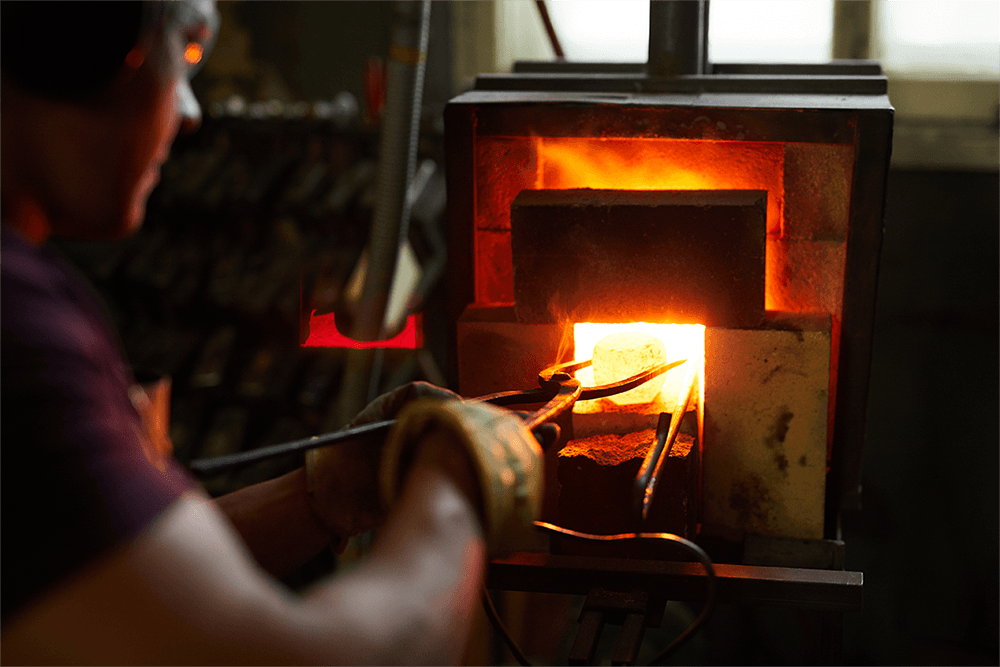

Posted: Feb 19, 2021
Heat treating is a group of industrial, thermal and metalworking processes used to alter the physical, and sometimes chemical, properties of a material. According to Heat Treating Society (HTS), practically nothing can be manufactured without heat treating. This is because metal must be heated and cooled under tight controls to improve its properties, performance, and durability.
There are a variety of reasons why one might perform heat treatment, however, the main reason is to improve the metal’s physical properties so it can be used in a large range of industries. Heat treatment is essential to the operation of automobiles, aircrafts, spacecrafts, computers, heavy equipment, and much more. Without heat treatment, the metal within these ingenuities would lack durability and most likely suffer from performance issues.
So, how do you know which method of heat treatment will get you the results you need? Join us as we look at the top five methods of heat treating:
Hardening
The hardening process is usually performed to increase the hardness and strength of metal, resulting in a more durable item. To harden a metal, it is heated to a high temperature and then cooled rapidly by plunging it into a medium such as water or oil. This transforms the soft initial material of the alloys into a much harder, stronger material.
Case Hardening
While there are many different methods for transforming the structure of metal, case hardening is typically one of the most efficient when it comes to increasing durability. Case hardening adds a thin layer of metal alloy to the outer surface of the metal, helping to strengthen the exterior surface and minimize wear. It’s important to note that case hardening is oftentimes referred to as surface hardening.
Annealing
While hardening and case hardening are done to increase the hardness of a material, annealing is meant to do the opposite. The purpose of annealing is to reduce the hardness of a material, making it easier to bend or press. This process reduces the risk of fracturing the metal and allows it to have a more “formable” consistency.
Normalizing
Normalizing heat treatment helps to remove impurities and improve ductility and toughness of materials. It is often performed because another process has previously decreased its ductility and hardness. Normalizing, just like its name, helps to return the material back to a more normal state.
Tempering
Tempering is a heat treatment that is done to improve the resilience of iron-based alloys like steel. Materials like steel are known to be quite brittle and difficult to work with, so tempering allows the metal to be heated to change the hardness, ductility, and strength.
Heat treatment is an essential part of the precision machining process and can ensure your pieces and parts perform up to your standards. Dayton Rogers is experienced when it comes to heat treatment and can help you find the right heat treating method for your precision engineering project.
About Dayton Rogers
For nearly a century, Dayton Rogers has defined engineering and manufacturing in the metal-forming industry. We not only raised the bar, we created it. At Dayton Rogers, no project is too complex. In fact, we do 3D prototyping to production.
As pioneers in precision metal forming, Dayton Rogers introduced its vision of excellence in 1929 with a simple commitment – to create solutions that are integral to your success. From metal stamping to welding and sheet metal fabrication, our brilliantly engineered solutions are innovative and reliable.